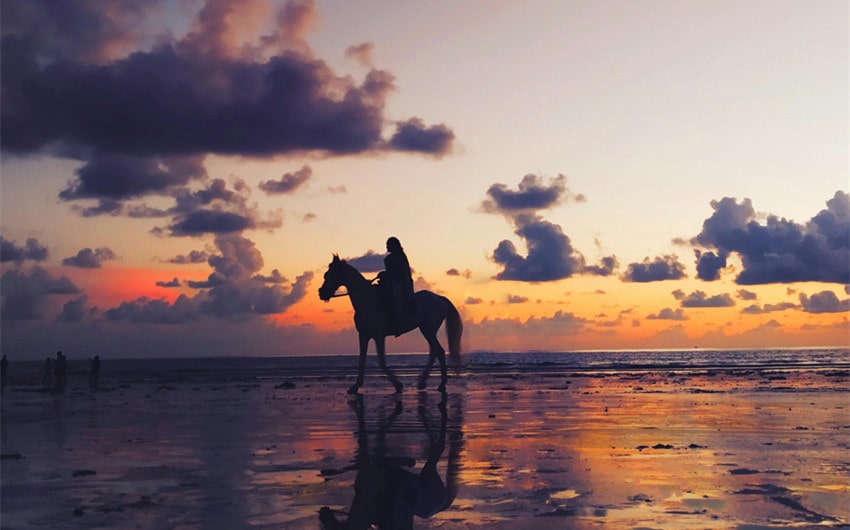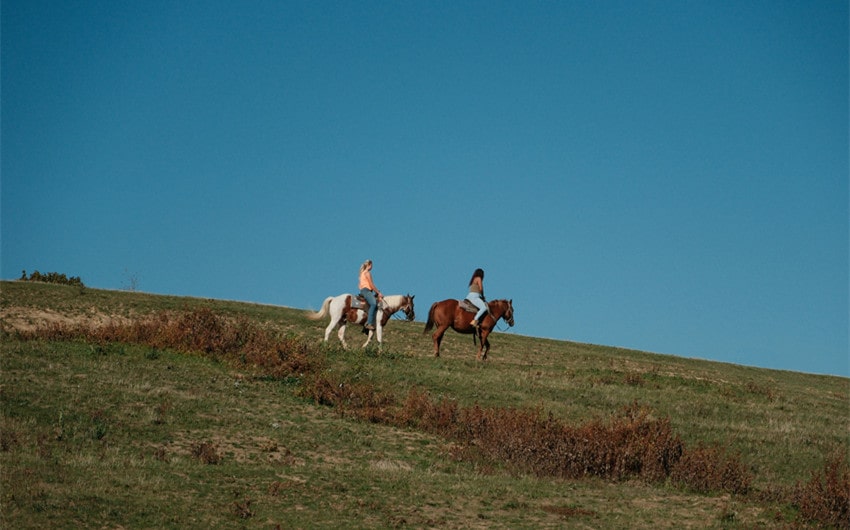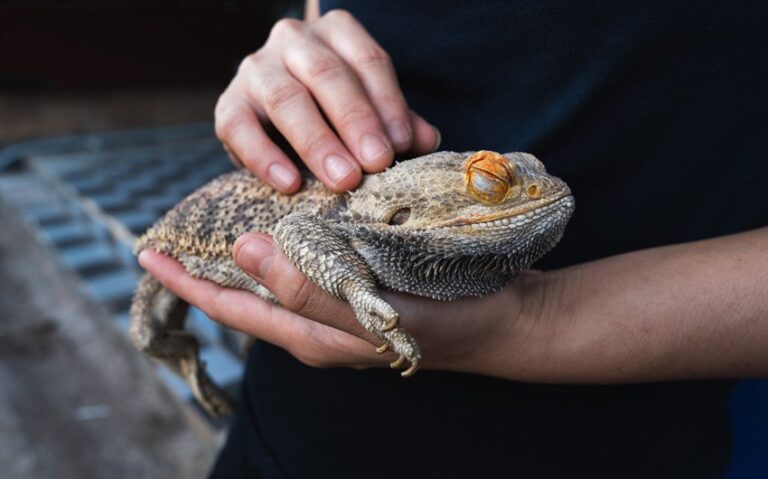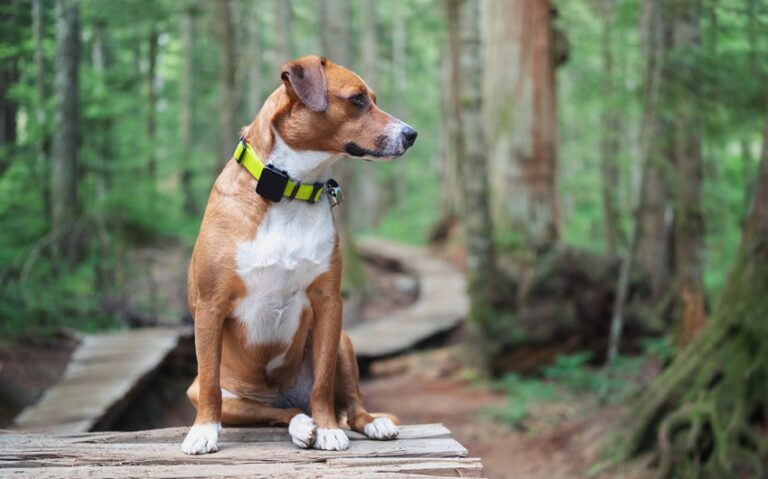How Far Can a Horse Travel in a Day: 5 Factors to Know
Whether you’re planning a long trail ride, writing a novel, or just curious about the stamina of these incredible animals, you’ve probably wondered, “How far can a horse travel in a day?” It’s a question that depends on more than just the horse’s speed—factors like terrain, breed, weather, and rest all play a role.
Horses have been loyal travel companions for centuries, but there’s a big difference between a relaxed countryside ride and a full day’s journey. In this article, we’ll explore what affects a horse’s travel distance and what you can realistically expect on the trail.
Average Distance a Horse Can Travel in a Day

On average, a healthy, fit horse can travel about 25 to 35 miles (40 to 56 kilometers) in a single day under normal conditions. This estimate assumes the horse is moving at a steady pace—mostly walking with occasional trotting—over relatively even terrain, with proper breaks for rest, food, and water. However, this number isn’t a one-size-fits-all rule. The distance a horse can comfortably cover in a day depends heavily on the purpose of the ride, the rider’s approach, and the horse’s conditioning.
For example, during a relaxed trail ride or recreational outing, riders typically cover 15 to 25 miles, especially if the terrain is rugged or the horse is not used to long-distance work. On the other hand, working horses, such as those used on ranches or in mounted patrol units, often travel closer to the 30–35 mile range, thanks to consistent training and physical demands.
Horses that are specifically trained for endurance or long-distance travel can cover more ground—sometimes upwards of 50 miles in a day—but this is not typical for everyday riding and requires careful planning, conditioning, and monitoring of the horse’s health.
Factors That Influence Daily Travel Distance

While the average horse may travel 25 to 35 miles in a day, that number can change dramatically depending on several key factors. Each horse—and every journey—is different. From physical conditioning to weather and terrain, these elements play a major role in determining just how far a horse can comfortably go.
1. Horse Fitness and Breed
Just like people, some horses are naturally built for endurance while others are better suited for short bursts of power. Arabians, for example, are renowned for their stamina and are often used in endurance competitions, making them capable of traveling longer distances with less fatigue.
In contrast, heavier breeds like draft horses or stockier workhorses may not cover as much ground as quickly due to their body type and energy expenditure. Horses that are regularly exercised and conditioned for distance riding will naturally outperform those that are untrained or only used occasionally.
2. Rider Weight and Carried Load
The total weight a horse carries—including the rider, tack (saddle, bridle, saddlebags), and any additional gear—can significantly impact travel distance. Heavier loads increase fatigue and put more stress on the horse’s joints, muscles, and cardiovascular system.
A well-balanced, properly-fitted saddle can help distribute weight evenly and reduce the risk of soreness. For long-distance travel, keeping the load light and manageable ensures the horse can move comfortably and maintain a steady pace throughout the day.
3. Terrain and Weather Conditions
The ground a horse travels over greatly affects how far it can go. Flat, open terrain allows for smoother, faster movement, while rocky trails, steep inclines, sand, or mud slow the pace and increase physical strain. In addition, weather can either aid or hinder a horse’s endurance.
High heat and humidity can lead to dehydration and heat stress, while cold, wet conditions can cause stiffness or exhaustion. Riding in extreme conditions requires frequent breaks and close monitoring of the horse’s comfort and well-being.
4. Rest Breaks and Water Availability
Horses, like humans, need time to rest and rehydrate during extended exertion. Frequent short breaks help prevent muscle fatigue and allow the horse to catch its breath, especially during elevation gains or more strenuous sections of a ride. Access to fresh water is also essential.
Dehydration can quickly sap a horse’s strength and increase the risk of serious health issues like colic or tying-up (a muscle disorder). Planning your route with natural water sources or carrying water with you is vital for long rides.
5. Shoeing and Hoof Condition
A horse’s hooves are its foundation, and any discomfort or injury can drastically reduce how far it can travel. Horses with well-maintained hooves or properly fitted horseshoes will handle varied terrain better and more comfortably.
Barefoot horses can travel long distances, too, but typically need conditioning and possibly hoof boots for rough surfaces. Cracks, bruises, or improperly trimmed hooves will slow a horse down and may even force you to end a ride early.





